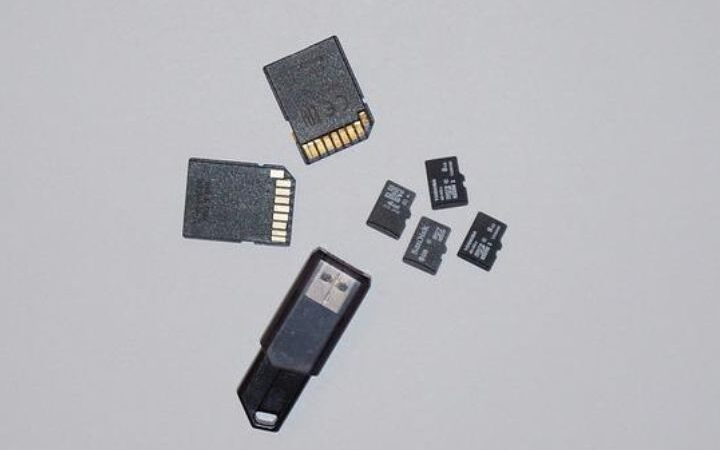Apple’s Troubling Butterfly Keyboard Saga

Butterfly keyboard: Among Apple’s various controversies in recent years, few have caused as much frustration for users as the troubled butterfly keyboard. What was once touted as a pioneering new design that improved thinness has become a saga of jammed keys, stuck letters, and costly repairs.
Table of Contents
How Conventional Laptop Keys Work?
Most laptop keyboards use a “scissor switch” mechanism beneath each key. As the name suggests, this features an X-shaped design with two cross-over pieces. When a key is pressed, the upper part presses down on the lower piece to register the keystroke. Despite its simplicity, the scissor-switch activates keys with relatively little travel while maintaining sturdiness. It served laptop keyboards well for years by providing a good balance between compact size and reliability.
The Vision Of The Butterfly Keyboard
In 2015, Apple introduced a radical new keyboard design: the butterfly mechanism. This aimed to make keyboards even thinner and make future devices slimmer. Instead of an X-shape, the butterfly used a narrow V-shape. Two thin, flexible silicone strips acted as the hinge rather than rigid plastic. On the surface, butterfly keys are typed smoothly with minimal key travel. However, their design introduced new issues not seen with conventional mechanisms.
Problems Emerge From Debris
The chief problem was the butterfly keyboard‘s vulnerability to small debris. Due to its V-shape, even tiny particles could easily sink below the keys. Once there, they were difficult to remove and could block the keyboard from functioning properly. Crumbs from food or fabric fibres were enough to cause individual keys to stop responding or trigger phantom key presses. Water damage was also more likely to impact the butterfly mechanism. These design flaws manifested as widespread software issues across various MacBook models issued over several years.
Widespread Frustration And Costly Repairs
The butterfly keyboard problems led to immense frustration for many users. Simple tasks like typing papers or emails were plagued with glitchy keys. Some people underwent numerous repair cycles as the same keys would fail again months later. Apple faced a surge in warranty claims, and repair costs climbed into the hundreds of millions. While some argued Apple should have recalled the faulty keyboards earlier, others praised the company for extending repair programs years beyond the usual coverage period. Either way, user trust in the durability and reliability of MacBooks declined sharply over this time.
The Prospect Of Change
Recent rumours suggest Apple may finally be ready to retire the troublesome butterfly keyboard. Reports indicate future MacBook models will revert to the more robust scissor-switch design. This would restore confidence for many users weary of jammed keys ruining productivity. A return to a mechanism proven through years of use signals Apple’s acknowledgement of flaws in the butterfly experiment. It also further opens up opportunities to refine scissor keyboards with each new generation. Most importantly, it may end the frustrating saga that has plagued Apple laptops for several years.
Conclusion
While the butterfly keyboard was a bold idea aimed at thinness and innovation, real-world use showed its design far too vulnerable. The story is an important lesson: pragmatism and reliability should not be compromised for new concepts alone. By reverting to a mechanism with a long track record, Apple can restore confidence in its laptops’ typing experience once more. Refining tried-and-true designs prudently, rather than taking big risks, may lead to outcomes users will welcome.
Also read : Youtube To GIF






